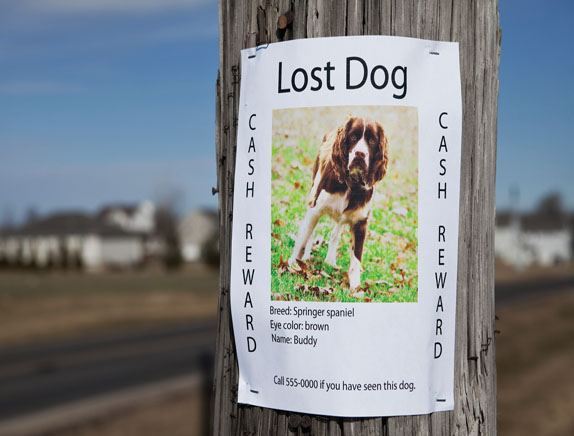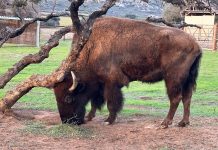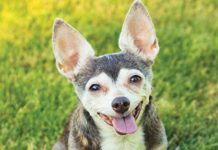Owners of lost pets—dogs, cats, or even horses, have several options for locating them in Alpine or the surrounding areas should the need arise.
Facial recognition for pets has arrived.
“Our website has photos of all of our animals and is set up in ‘real time,’” wrote Daniel E. DeSousa, CAWA, director with the County of San Diego/Department of Animal Services-Bonita via email. Findrover.com “uses facial recognition technology to reunite lost dogs, solely based upon a photo of the dog’s face.” He recommends registering your dog on the website.
According to DeSousa the city boundaries where your pet may wander vary.
“As soon as the animal’s photo is taken and loaded into our datadase, the photograph will appear on our website,” he said. “Animals do not know jurisdictional boundaries and can wander into the area serviced by a different agency or a person can find an animal in a community but drive to a different shelter.”
Microchipping is not limited to just dogs.
“We do microchip implants and registration of horses,” said Jenny Antognini, assistant to Alpine veterinarian Kim Sergent.
“It’s becoming more popular with the fire activity; people are planning ahead. It’s becoming more popular.” Microchipping of animals before fire season is recommended.
“It’s becoming a form of identification that is implanted in the neck,” she said. “It’s been going on for at least five years.”
Fire evacuation centers can use a microchip scanner to locate the equine’s owner.
“You get to the evacuation center, there’s 15 chestnut mares,” she said. The chip can match the correct chestnut mare to the correct owner.
For microchipping cats visit https://icatcare.org/advice/ keeping-cats-safe-campaign/ microchipping for tips and instructions.
Social media can also be a useful tool for locating a lost pet.
“While I do not know how many people still use Craigslist, many people now post lost or found dogs on their local NextDoor website,” said DeSousa. “The challenge with that is if the animal wanders too far, it may not reach the neighborhood where the dog was either lost or found.”
Facebook is also another social media alternative. Additionally, bulletin boards in restaurants, laundromats, or any business can also help get the word out.
Websites such as www.lostmydoggie.com can also assist in getting the word out. A pet owner registers their pet and gives up to a radius of 50 miles to search for lost and found pets.
DeSousa noted tips on not losing your dog: 1) Your dog is required to be a on leash whenever it is off of its owner’s property. The leash should not be longer than six feet in length. 2) When the dog is on a person’s property make sure they can adequately secure the dog in a fence that is in good condition. Make sure the fence has no holes or boards pushed out that allows the dog to dig under it easily. 3) Dogs are required to be licensed and to wear the license at all times. 4) Make sure the registration is current on your microchipped form.
Tags can be made in local pet stores with the pet owners name and cell phone number in case the dog just runs down the street and a neighbor finds them.
Check different city or county ordinances concerning the placing of lost pet flyers on telephone poles.
“Our animal control officers scan any animal they impound in the field for a microchip,” said DeSousa. “If found, they can enter that microchip number into the computer in their vehicle. That little piece of technology could mean that the officer can simply drive the animal back to your house rather than take the pet to the shelter.”
Visit the American Veterinary Medical Association’s website https://www.avma. org/KB/Resources/Reference/Pages/Microchipping-of- Animals-Backgrounder.aspx for tips on microchipping cattle or other animals.













